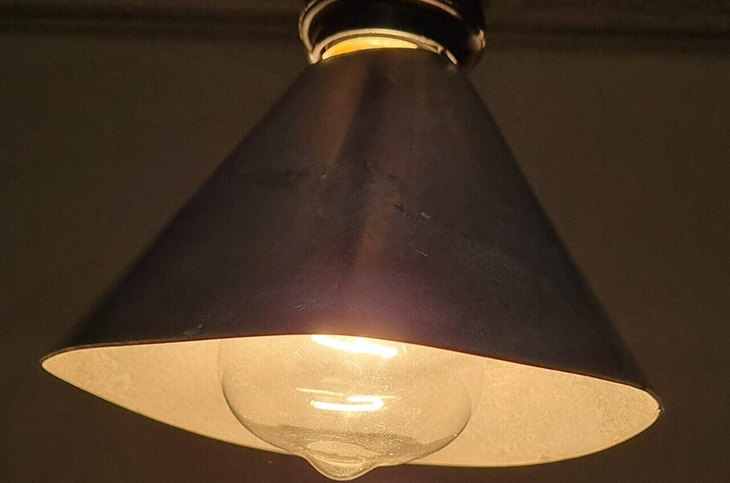
Many suggest adding plants to offices to reduce indoor air pollution, but not everyone possesses the necessary gardening skills. What if we could instead utilize existing office fixtures?
Researchers in South Korea have developed lampshades that function with both halogen and incandescent light bulbs and have the unique ability to purify indoor air by removing pollutants. Furthermore, the research team is actively working to adapt this technology for compatibility with LED bulbs.
Dr. Hyoung-il Kim, the lead investigator of the project, explains that these lampshades are designed to target volatile organic compounds (VOCs), which are responsible for the majority of indoor airborne pollutants. These compounds, including acetaldehyde and formaldehyde, are emitted by various sources such as paints, cleaning agents, air fresheners, plastics, furniture, cooking, and more. Importantly, they can continue to release into the air for weeks or even months after their initial application.
“Although the concentration of VOCs in a home or office is low, people spend more than 90 percent of their time indoors, so the exposure adds up over time,” said Dr. Kim from Yonsei University of South Korea.
Traditional methods for eliminating VOCs from indoor air involve using activated carbon or various types of filters, which must be regularly replaced. Alternatively, some devices have been designed to decompose VOCs using either thermocatalysts activated by high temperatures or photocatalysts responsive to light.
However, Dr. Kim pointed out a common drawback in most of these devices: they typically require a separate heater or an ultraviolet (UV) light source, which can result in the generation of undesirable byproducts.
Dr. Kim and his team aimed to adopt a more straightforward approach that would necessitate only a visible light source capable of producing heat, such as a halogen or incandescent bulb, in combination with a lampshade coated with a thermocatalyst.
Dr. Kim explained that halogen bulbs convert just 10% of their energy into light, with the remaining 90% being emitted as heat, while incandescent bulbs produce only 5% light and 95% heat.
“That heat is typically wasted, but we decided to use it to activate a thermocatalyst to decompose VOCs,” said Dr. Kim.
The research team successfully developed thermocatalysts composed of titanium dioxide combined with a small quantity of platinum. They applied this catalyst to the interior of an aluminum lampshade, which they then positioned over a 100-watt halogen bulb in a controlled test chamber containing air and acetaldehyde gas.
Upon switching on the lamp, the lampshade heated up to temperatures reaching approximately 250 degrees Fahrenheit (121 degrees Celsius). This temperature was sufficient to activate the catalysts, leading to the decomposition of acetaldehyde.
Dr. Kim explained that, during this oxidation process, the volatile organic compound (VOC) underwent a series of conversions. Initially, it was transformed into acetic acid, followed by conversion into formic acid, and finally, into carbon dioxide and water. Importantly, both acetic and formic acids were found to be relatively mild, and the quantity of carbon dioxide released was deemed harmless.
Additionally, the researchers made a noteworthy discovery that formaldehyde could also be effectively decomposed under the same experimental conditions. Furthermore, this technique was demonstrated to be compatible with incandescent bulbs.
Dr. Kim’s team is currently exploring more cost-effective alternatives to platinum for their catalysts. They have already demonstrated the effectiveness of a new copper-based catalyst, which not only breaks down VOCs but also serves as a disinfectant capable of eliminating airborne microorganisms.
For LED bulbs, which emit minimal heat, the team is developing photocatalysts that respond to the near-UV light emitted by LEDs. They are also researching other catalysts that can convert a portion of the visible light output from LEDs into the necessary heat for catalytic reactions.
What are your thoughts? Please comment below and share this news!
True Activist / Report a typo


